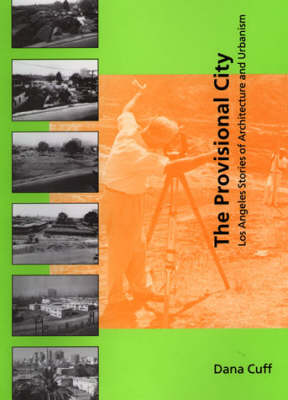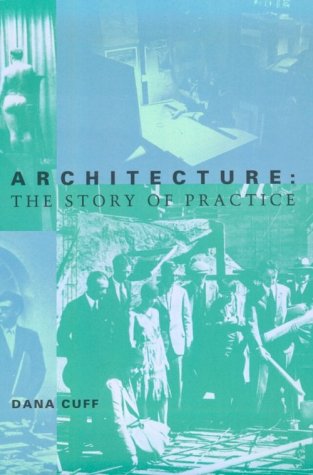The MIT Press
2 total works
How the modern city is formed through an endless cycle of upheavals, demolition, and debate.
The provisional city is one of constant erasure and eruption. Through what Dana Cuff calls a "convulsive urban act," developers both public and private demolish an urban site and disband its inhabitants, replacing it with some vision of a better life that leaves no trace of the former structure. Architects bring their own utopian dreams to the process. In this book, Cuff examines those convulsions through two underestimated dimensions of architectural and urban form: scale and the politics of property. Scale is intimately tied to degree of disruption: the larger a project's scale, the greater the upheaval. As both culture and geography, real estate plays an equally significant role in urban formation. Focusing on Los Angeles, Cuff looks at urban transformation through the architecture and land development of large-scale residential projects. She demonstrates the inherent instability of very large sites. Having created perverse renditions of the very problems they sought to solve, for example, public housing projects that underwent upheaval in the 1940s and 1950s are doing so again. Cuff explores five cases that span the period from the 1930s, when federal support for slum clearance and public housing caused convulsions near downtown, to a huge 1990s' mixed-use development on one of Los Angeles's last remaining wetlands. The story takes us from the refined modernist architecture of Richard Neutra to the self-conscious populism of the New Urbanism. The cases illuminate the relationship of housing architecture to issues of race, class, urban design, geography, and political ideology.
Although architecture is the fastest-growing profession in America, its private context remains shrouded in myth. In this book, Dana Cuff delves into the architect's everyday work world to uncover an intricate social art of design. The result is a new portrait of the profession that sheds light on what it means to become an architect, how design problems are construed and resolved, how clients and architects negotiate, and how design excellence is achieved.

